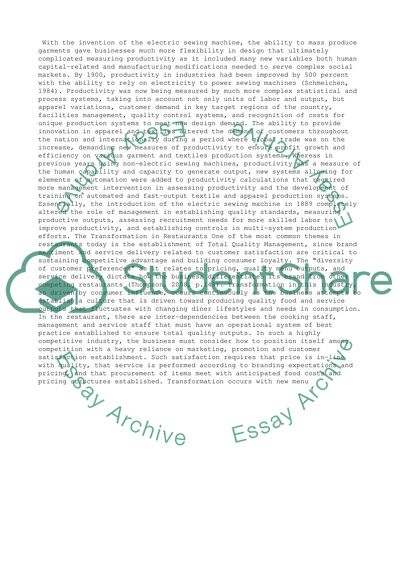Cite this document
(“Operations, Logistic and Supply Chain Management Essay”, n.d.)
Operations, Logistic and Supply Chain Management Essay. Retrieved from https://studentshare.org/management/1456383-operations-logistic-and-supply-chain-management
Operations, Logistic and Supply Chain Management Essay. Retrieved from https://studentshare.org/management/1456383-operations-logistic-and-supply-chain-management
(Operations, Logistic and Supply Chain Management Essay)
Operations, Logistic and Supply Chain Management Essay. https://studentshare.org/management/1456383-operations-logistic-and-supply-chain-management.
Operations, Logistic and Supply Chain Management Essay. https://studentshare.org/management/1456383-operations-logistic-and-supply-chain-management.
“Operations, Logistic and Supply Chain Management Essay”, n.d. https://studentshare.org/management/1456383-operations-logistic-and-supply-chain-management.


